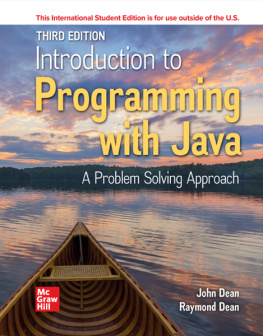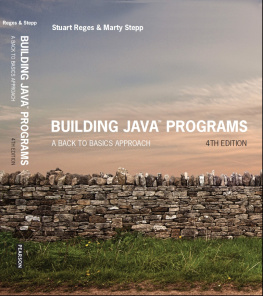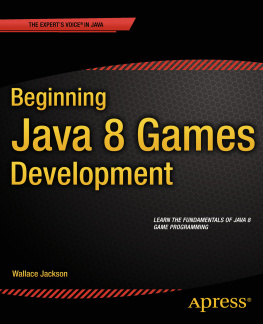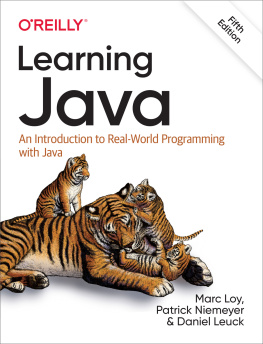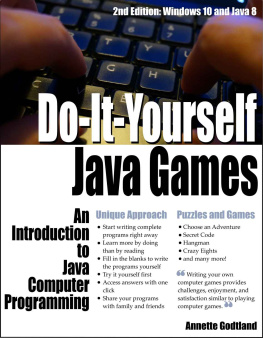Mitsunori Ogihara - Fundamentals of Java Programming
Here you can read online Mitsunori Ogihara - Fundamentals of Java Programming full text of the book (entire story) in english for free. Download pdf and epub, get meaning, cover and reviews about this ebook. year: 0, publisher: Springer International Publishing, genre: Computer. Description of the work, (preface) as well as reviews are available. Best literature library LitArk.com created for fans of good reading and offers a wide selection of genres:
Romance novel
Science fiction
Adventure
Detective
Science
History
Home and family
Prose
Art
Politics
Computer
Non-fiction
Religion
Business
Children
Humor
Choose a favorite category and find really read worthwhile books. Enjoy immersion in the world of imagination, feel the emotions of the characters or learn something new for yourself, make an fascinating discovery.
- Book:Fundamentals of Java Programming
- Author:
- Publisher:Springer International Publishing
- Genre:
- Year:0
- Rating:5 / 5
- Favourites:Add to favourites
- Your mark:
- 100
- 1
- 2
- 3
- 4
- 5
Fundamentals of Java Programming: summary, description and annotation
We offer to read an annotation, description, summary or preface (depends on what the author of the book "Fundamentals of Java Programming" wrote himself). If you haven't found the necessary information about the book — write in the comments, we will try to find it.
Fundamentals of Java Programming — read online for free the complete book (whole text) full work
Below is the text of the book, divided by pages. System saving the place of the last page read, allows you to conveniently read the book "Fundamentals of Java Programming" online for free, without having to search again every time where you left off. Put a bookmark, and you can go to the page where you finished reading at any time.
Font size:
Interval:
Bookmark:
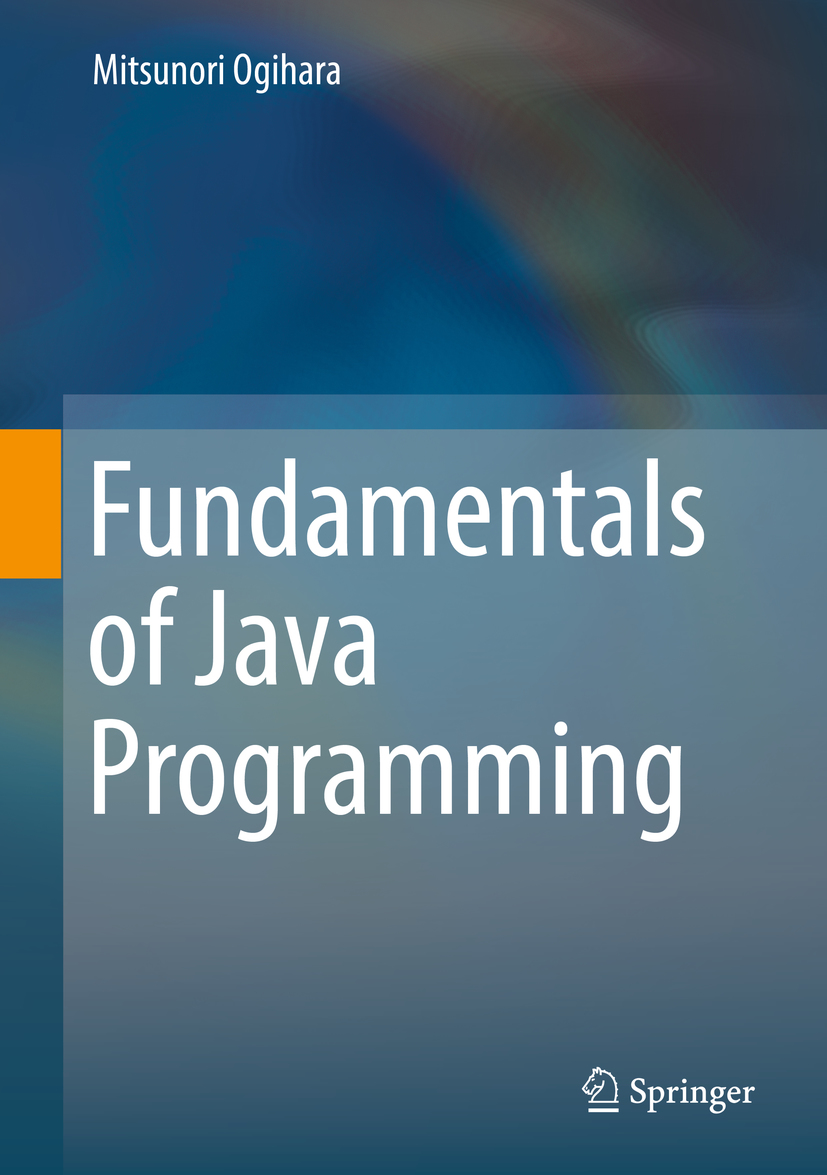

This Springer imprint is published by the registered company Springer Nature Switzerland AG
The registered company address is: Gewerbestrasse 11, 6330 Cham, Switzerland
To my family
This book was born from the desire of having an introductory Java programming textbook whose contents can be covered in one semester. The book was written with two types of audience in mind: those who intend to major in computer science and those who want to get a glimpse of computer programming. The book does not cover graphical user interfaces or the materials that are taught in a data structure course. The book very quickly surveys the Java Collection Framework and the generics in the penultimate chapter. The book also covers the concepts of online and recursive algorithms in the last chapter. The instructors who choose to use this textbook are free to skip these chapters if there is no sufficient time. Except for the code examples that receive parameters from the command line, the code examples can be compiled and run in a command-line environment as well as in IDEs. To execute those code examples in an IDE, the user must follow the step of provide args before execution. The code examples appearing in the book have very few comments, since the actions of the code are explained in the prose. The code examples with extensive comments are available for the publisher. There are PDF lecture slides accompanying the book. They are prepared using the Beamer environment of LaTeX. The source codes of the lecture slides may be available through the publisher.
Acknowledgements I would like to take this opportunity to thank those who helped me in writing this book: Paul Drougas (Springer), Victor Milenkovic (University of Miami), Ted Pawlicki (University of Rochester), Ken Regan (University at Buffalo), Geoff Sutcliffe (University of Miami), and Osamu Watanabe (Tokyo Institute of Technology). Huge thanks go to my daughter Ellen, who painstakingly read through the draft and provided constructive criticisms.
Font size:
Interval:
Bookmark:
Similar books «Fundamentals of Java Programming»
Look at similar books to Fundamentals of Java Programming. We have selected literature similar in name and meaning in the hope of providing readers with more options to find new, interesting, not yet read works.
Discussion, reviews of the book Fundamentals of Java Programming and just readers' own opinions. Leave your comments, write what you think about the work, its meaning or the main characters. Specify what exactly you liked and what you didn't like, and why you think so.



